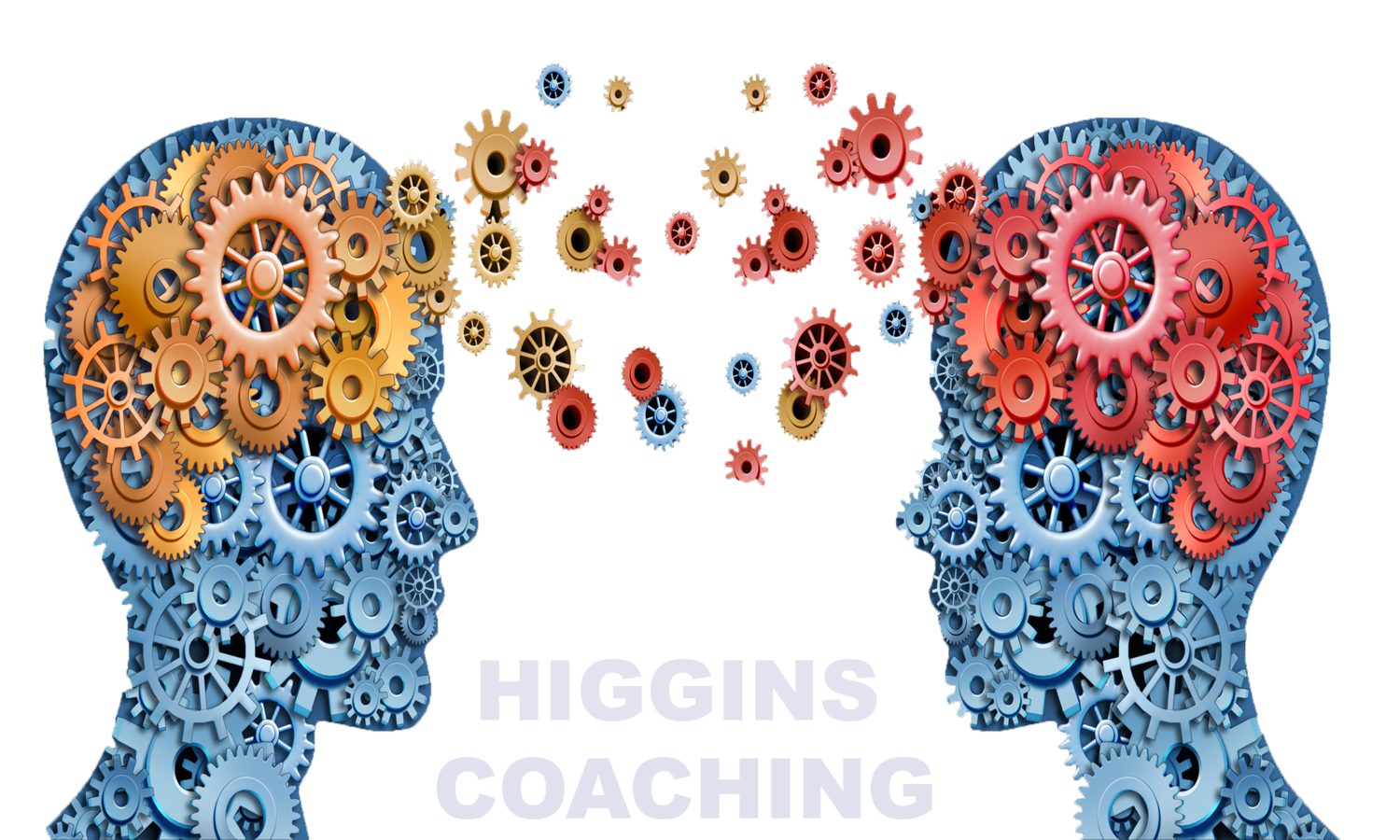Leading in to the weekend, give some thought to where you are going to park yourself and take it all in. I suspect that you, and others, will thank you for that time away from the demands for your attention.
The Practice of Coaching – Fight, Flight, or Coach?
These choices present themselves more that you might realize in a coaching conversation.
Mary is an intelligent and accomplished individual knocking on the door of being promoted to senior executive. She works in a male dominated profession although it is slowly changing. In prior coaching conversations, Mary was having a hard time figuring out what she wanted to “make better” in her world. The coach was rolling with the resistance, and adjusting communication and coaching style, seeking a co-created approach that would serve her.
Towards the end of their third coaching conversation, Mary was asked what she had learned about herself:
Mary: “Not much.”
Coach: “I am sorry to hear that our conversation was unproductive. What’s getting in the way of your learning?”
Mary: “YOU PEOPLE!”
Coach: [Pause] “You people?”
Mary: “YOU WHITE MEN OVER 50!” [With a finger seemingly coming through the screen.]
Whether or not the description matched the coach, ouch that must have hurt. That must have really hurt! Maybe it was the tone, intensity, or a perceived accusation or indictment. Maybe it was all within the coach’s head.
In any case, the coach’s prehistoric lizard brain kicked in begging to be protected, screaming for an immediate defensive response. Thoughts of fear, fight, and flight rushing in all at once in a consuming fashion. After a pause, and a couple of breaths and some physical movement to relax the mind-body partnership, the coach labeled their reaction, recovery began, and a decision to be curious and continue coaching won the moment.
Coach: “What do you mean?”
Mary: “You are not listening to me!”
Coach: “That is not my intent. Would you be interested in knowing that you unpacked your world, uninterrupted, for 14 minutes?”
Mary: “Hum, you did not HEAR me!”
Coach: “Do you not remember the synopsis of your sharing, offered with an invitation to reflect and comment on it?”
Mary’s next response was non-verbal – a strong outpouring of emotions. After a few moments of holding space:
Coach: “What’s behind the tears?”
Mary: “FRUSTRATION! I just need to communicate in a different way so that I do not intimidate people.”
Coach: [Pause] “I can see you are frustrated with the level of engagement with others. We can work together on making it better if you would like. Maybe we should discuss you working with a different coach if this is not meeting your needs. If you decide to continue our work, I assure you that I will be your biggest supporter as we work towards achieving your goal.”
Mary: [Thinking] “I’ll schedule time next week.”
Mary completed three more coaching conversations and worked on strategies for better overall wellbeing and approaching communication from different perspectives to better relate, and thereby influence others in new ways that did not always result in confrontation.
As humans, we need a safe, honest, accepting, and confidential space to explore and reflect at a deeper level while figuring things out. This is especially important in a world that constantly demands our attention.
Coaches are faced with the challenge to identify and manage their own internal fears and reactions to support their clients. This process requires awareness of their internal reactions, labeling them, a resetting of the body and mind, and finding courage within to be honest with the client.
It’s not about the coach, it’s about the client and their growth. It can be uncomfortable for both sometimes, and both can grow from the experience. Key is the self-examination of oneself and how we choose to respond.
Ed is a full-time executive coach (PCC), a mentor coach for colleagues who are interested in upping their coaching skills, and a former senior executive. He lives in the metro Washington DC area. When not coaching, he purposefully wanders with a camera and is pursuing an MCC with the International Coaching Foundation.
Original posting, Linkedin, September 2023. #coaching #leadershipdevelopment #coach #development
Perceiving Complexities
Evaluating a Coach in an Unregulated Industry.
You may have noticed a number of LinkedIn members posting their International Coaching Federation (ICF) digital badges with an invitation to “view my verified achievement.” Upon clicking on the badge, you will find independent verification that these individuals belong to ICF, a recognized organization among others seeking to govern its professional members through established standards. You will also find that these individuals have enrolled in or completed basic coaching training, and a commitment to abide by the ICF Code of Ethics. Is that enough in selecting a coach to work with?
Building Up Education, Breaking Down Bureaucracy
The future of education rests with the experts in the classroom, not in the bureaucracy. School Districts would be served by repurposing administrators as “Chiefs of Questioning and Listening,” “Innovation Provocateurs,” or simply as “Illuminators,” all shining light on the bright ideas shadowed by today’s suffocating organizational structure.
Seeing a Different Perspective
On a recent visit to the Statue of Liberty Enlightening the World (aka Statue of Liberty - Photo), I was reminded that leaders are invited to see more, vision from different perspectives, put themselves in new positions to gain those perspectives, explore the light and darkness, and serve up a picture of the future for their organizations.
Within the shadows there is always knowledge, hidden potential, and enlightenment waiting to be realized. You just have to look.
Seeing something familiar in a new light is a powerful competency for Leaders.
George Hicks' Lesson on How to Handle Pressure
Coaching Leaders to Solve Complex Problems, Build Relationships, and Spark Creativity
Relationships. Lessons from Louis.
Several weeks ago, before the recent tragedy in Pittsburgh, I found myself serving as a Washington, DC tour guide for out-of-town relatives. The “must see” for them was the Holocaust Museum. I had visited..











